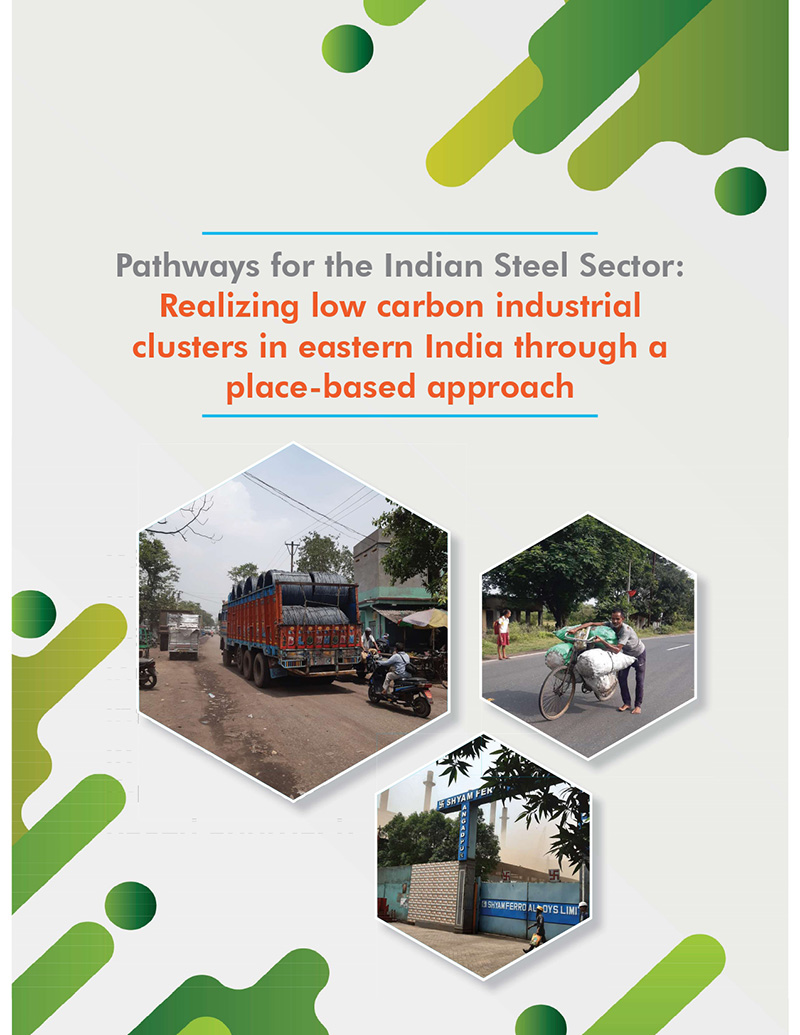Pathways for the Indian Steel Sector: Realizing low carbon industrial clusters in eastern India through a place-based approach
There is an increasing realization that effective low carbon growth of our societies requires urgent, broad-scale changes at a systemic level in how we manufacture and consume products. One such area of focus is the production of iron and steel, which among heavy industries is the largest source of CO2 emissions and the second largest energy user, responsible for around 7% of global emissions from the energy system. Iron and steel production is heavily dependent on fossil fuels due to the high heat requirements needed in these processes. To reduce carbon emissions from production processes effectively, nothing short of industrial transformation is required.
There are growing calls for ‘just transitions’; arguing that typical ways of responding to change (e.g., opening or closing a factory), which emphasize economic growth and profit maximization, exacerbate environmental and health impacts and socio-economic inequities between regions. Often these decisions are conducted in a top-down manner.
Building upon this approach, our research distinguishes itself by focusing on people and geographic settings or places. It does so firstly through focusing on industrial clusters (versus technology and/ or sectors). Secondly, the research also highlights the role of geographic settings or places in which these changes are set to occur. To look at place-based approaches as concrete ways in which to make green industrial transformation without exacerbating socio-economic and environmental disparities a reality, information was collected from key steel clusters surrounding the Chota Nagpur plateau. Our case studies include steel clusters in West Bengal (Durgapur), Jharkhand (Giridih), and Chhattisgarh (Raipur). Team members from TERI and Carleton worked with a local survey agency with previous experience in the region (MART Global Management Solutions, Kolkata). Methods include surveys, focus group discussions (FDGs), and interviews with key informants such as formal/informal industrial workers, supervisors/ technicians, executives/ engineers, industrialist/factory owners, local NGOs/community groups/SHGs, and representatives (DIC, MSME-DFO, etc).

